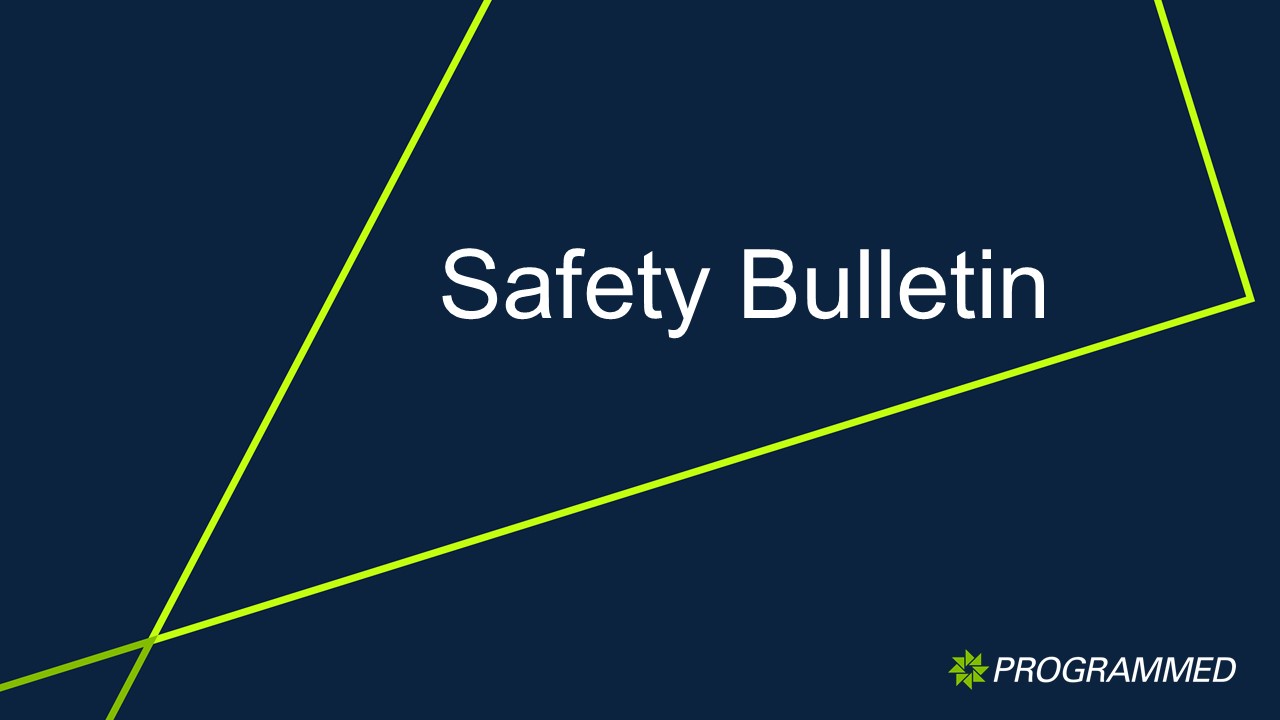
What is hand-arm vibration?
Hand-arm vibration is when vibration is transmitted to the hand & arm during the operation of power tools & equipment and is commonly experienced by workers who regularly use tools such as jackhammers, rock drills & demo saws.
Health effects
The longer a worker is exposed to hand-arm vibration, the greater the risk of developing musculoskeletal disorders.
Exposure to hand-arm vibration can result in disrupted blood & oxygen circulation in the hand & forearm, as well as damage to nerves & tendons, muscles, bones & joints. It can cause a range of conditions collectively known as hand-arm vibration syndrome (HAVS) & specific disorders such as carpal tunnel syndrome & lateral epicondylitis (commonly known as ‘tennis elbow’). The development of hand-arm vibration syndrome is gradual & increases in severity over time.
It may take a few months to several years for the symptoms to become noticeable as there is commonly a latency period between exposure & onset of symptoms. Affected workers typically report one or more of the following symptoms:
- tingling & numbness in the fingers
- decrease in light touch resulting in not being able to feel things properly
- loss of grip strength
- whitening of one or more fingers, particularly when exposed to cold
- pain & cold sensation between attacks of vibration white finger
Factors that influence effects of exposure to Hand Arm Vibration
The effects of exposure to hand-arm vibration are influenced by factors such as:
- acceleration & frequency of the vibration
- duration of exposure during each shift & number of years of exposure
- duration and frequency of work-rest periods
- grip forces applied (the tighter the grip, the more vibration is absorbed)
- surface area of the hand in contact with the source of vibration
- hardness of material being contacted
- posture of arm & hand during tool operation
- type of handle on the tool
- temperature of work environment (cold affects circulation)
- use of PPE, including anti vibration gloves
- individual’s personal habits (smoking & use of drugs affects circulation)
- individual’s medical history, in particular disease or prior injury to fingers, hands or wrists.
How individuals can reduce the risk
Asking if the job could be done in a different way without using vibrating tools & machines. If this cannot happen:
- use suitable low vibration tools;
- always use the right tool for each job;
- check tools before using them to make sure they have been properly maintained & repaired to avoid increased vibration caused by faults or general wear;
- make sure cutting tools are kept sharp so that they remain efficient;
- reduce the amount of time you use a tool in one go, by doing other jobs in between or rotating the task;
- avoid gripping or forcing a tool or workpiece more than you have to;
- encourage good blood circulation by keeping warm & dry, giving up or cutting down on smoking because
HSE Representative: Damien Kondoyiannis
Date of Issue: 24 March 2022

